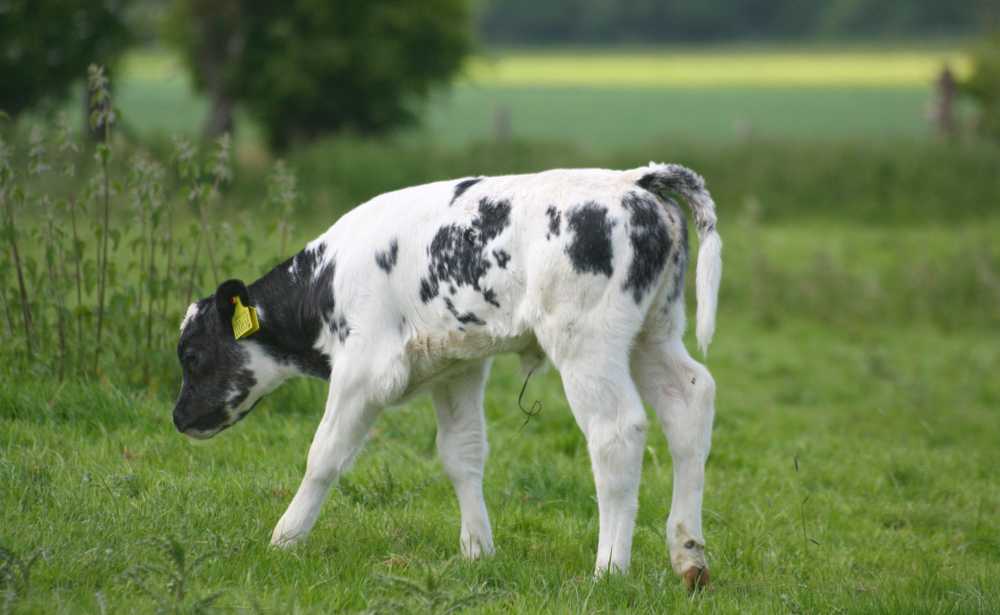
As winter approaches, dairy farmers are being reminded to disinfect calf jackets and put them through a hot wash between calves to prevent the spread of cryptosporidiosis.
Trial work has found that 50% of calves experience some sort of scours, with vets reporting that the vast majority of cases are due to cryptosporidiosis. Cryptosporidiosis is caused by parasites and can lead to watery, yellow scours.
Good hygiene practices are essential, considering it can be spread in the environment, via other calves and from dams.
Speaking at a recent AHDB Dairy Calf to Calving (CTC) event at Blackmarsh Farm, Dorset, AHDB Dairy’s Technical Manager, Andy Dodd said cleaning calf jackets should form part of any disease prevention strategy.
"Calf jackets can potentially harbour crypotosporidium eggs," Mr Dodd said.
"These can only be destroyed if the jackets are disinfected with a licensed cryptosporidium disinfectant and then washed at 60C. The eggs are only destroyed at temperatures at or above 60°C.
"It is important to allow the jackets to dry completely before re-using them," he said.
Not all disinfectants will kill crypto and not all calf jackets are suitable for washing at 60C, so farmers are advised to check data sheet and product information.
'Kill the eggs that haven't hatched'
Andy added: "In the calf sheds and calving pens, applying heat through using a steam clean is as important as the hot wash for the calf jackets.
"You need the heat to kill the eggs that haven’t hatched. Ideally, muck out, steam clean and disinfect between calving and calves.
"Allow pens to dry as cryptosporidium does not like dry conditions and the eggs will not survive being dried out."
Calf jackets have an important role to play in maintaining growth rates when ambient temperature drops.
By keeping calves warm in such a way, they can then partition energy towards growth.
This will help maintain growth rates at a target 750-800g/day to calve in at the most economic age of 24 months.
As part of the C2C initiative, the growth, health and nutrition of 10 heifers on each of 13 farms are being monitored every three months.
Farmer meetings are also being run on the host farms with the aim of bringing the latest research and best practice to farmers, improving calf survival and increasing the number of heifers making it into first lactation.
At the event on one of the host farms in Dorset, Andy explained that it was also worth considering upping milk feeding rates when ambient temperatures dropped below the calf’s critical temperature.
He explained: "For calves up to three weeks of age, for every 5 degree drop below 15 degrees, you need to increase milk volume fed per head per day by 0.33 litres.
"When you’re doing it as a one off, it’s best to increase the volume rather than the concentration to avoid nutritional scours."
